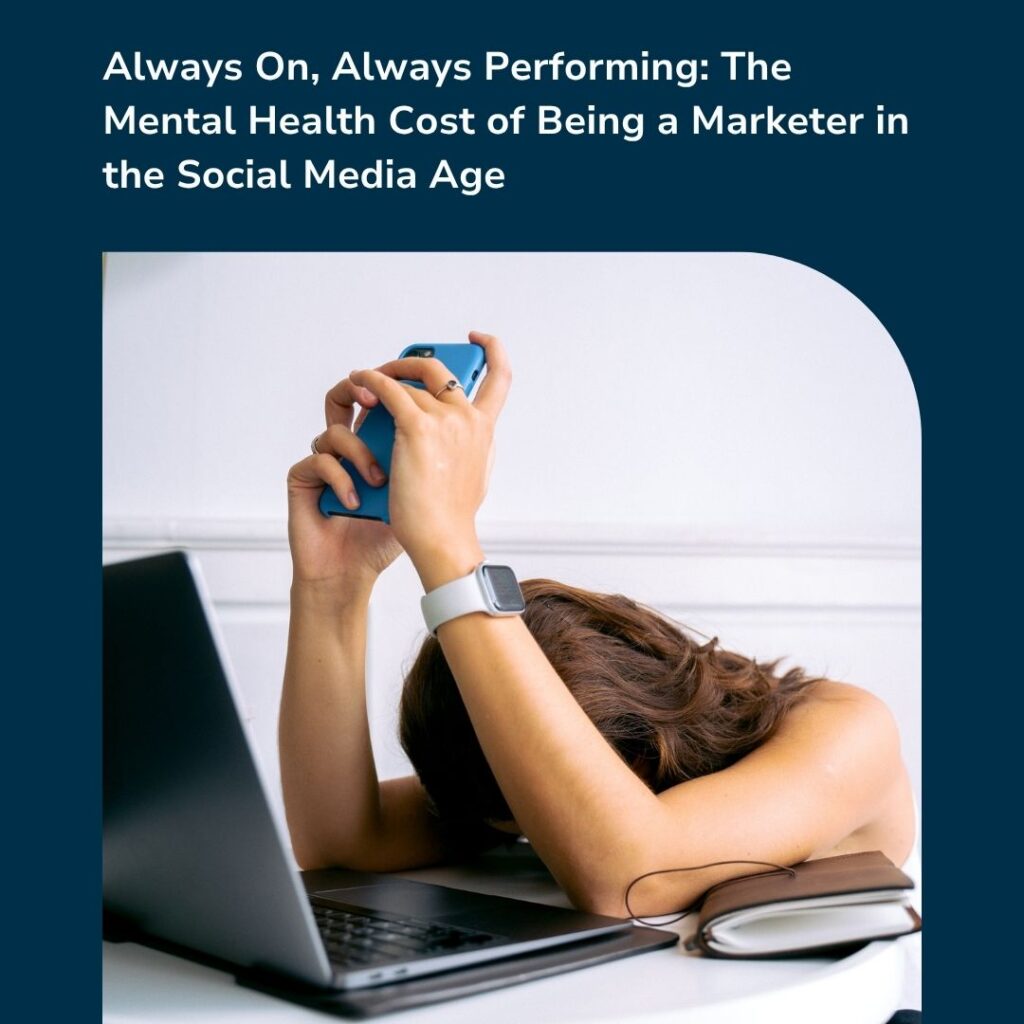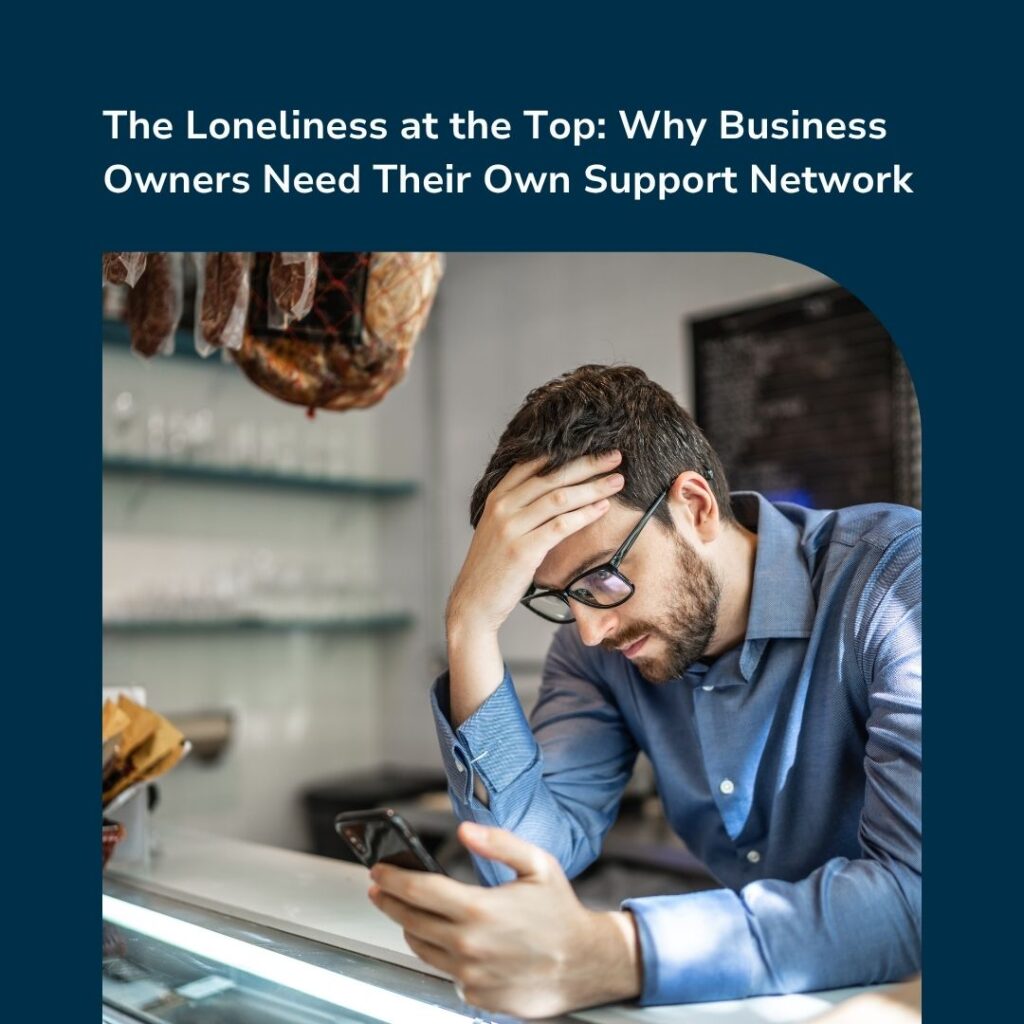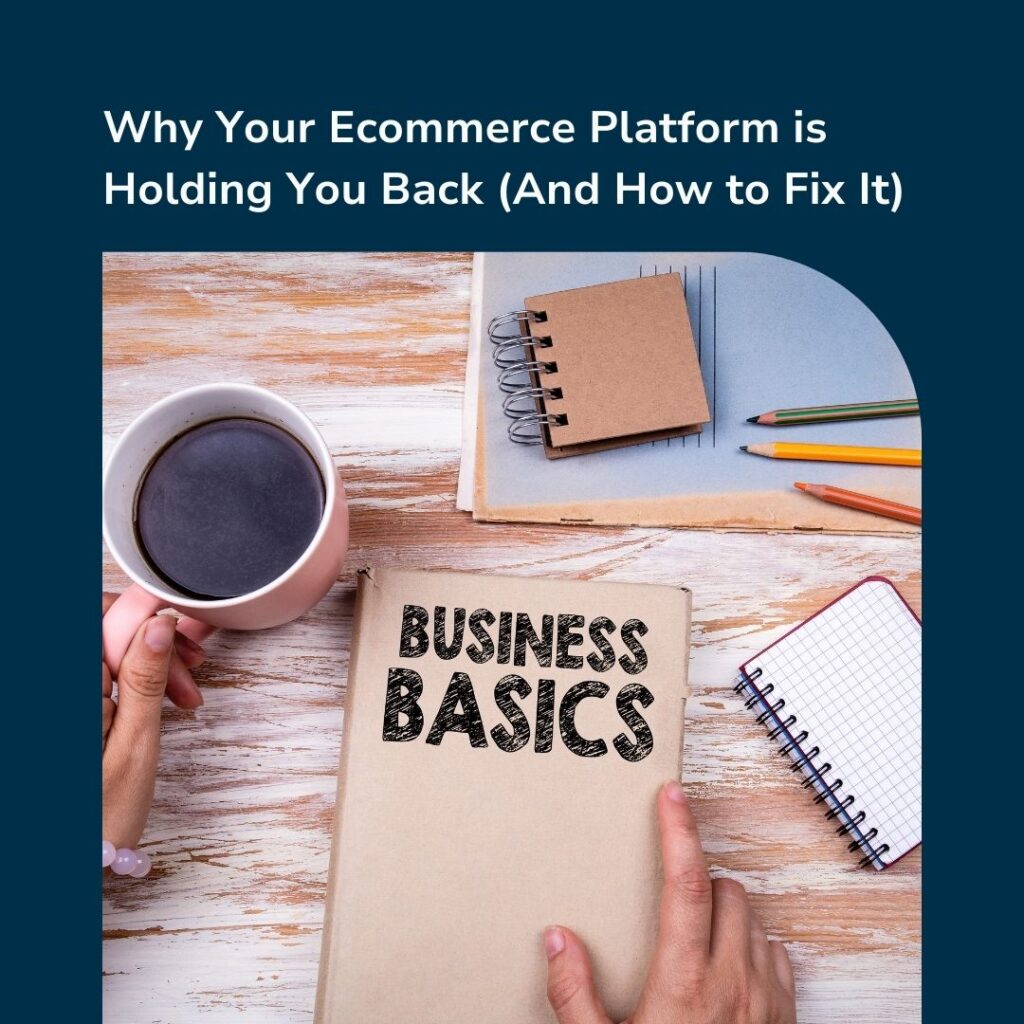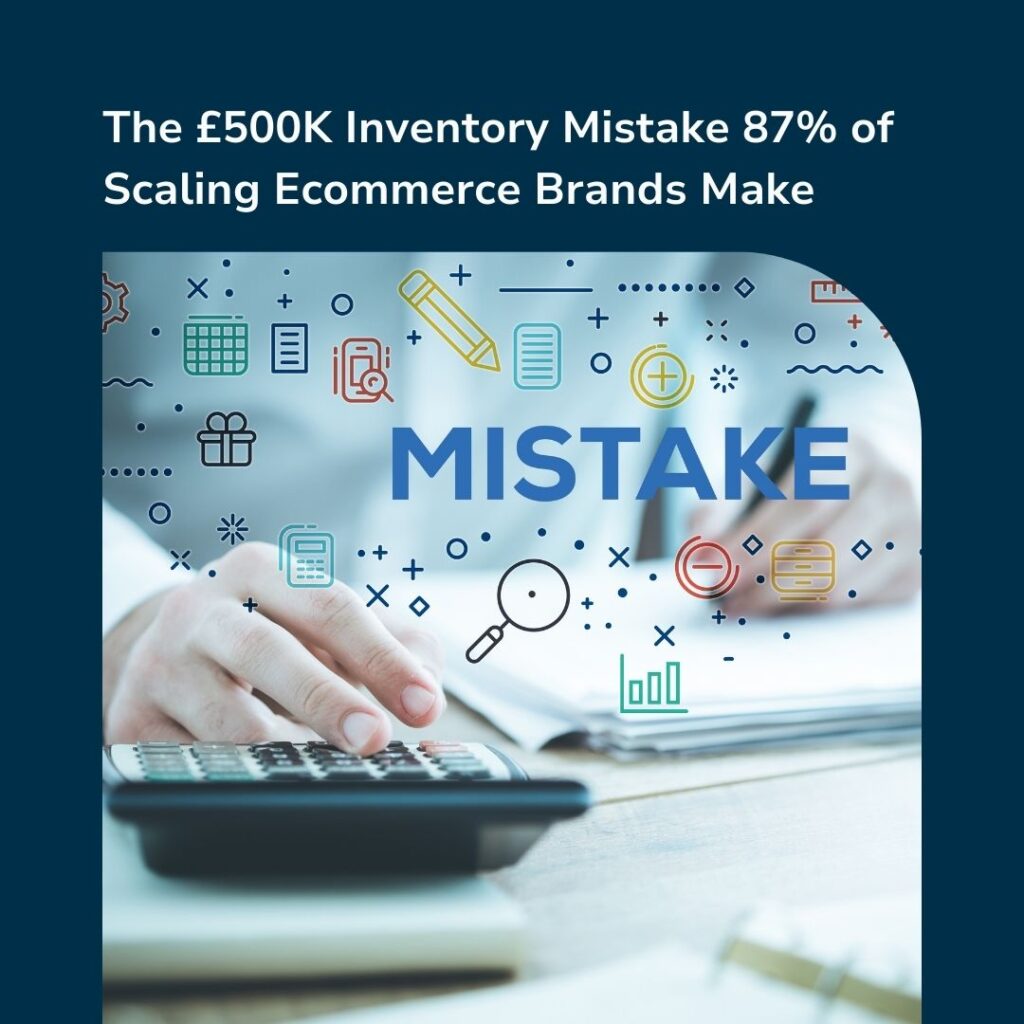If you’ve ever had a great experience with a product or company, then you’ve experienced the halo effect. This is when a consumer’s favouritism toward a line of products is based on positive experiences with other products by this maker.
The halo effect plays an essential role in building brand strength and loyalty, thus leading to higher levels of brand equity. This can be a huge advantage in marketing.
In this blog post, we will discuss how you can make use of the halo effect in marketing your business! We will also provide tips on how you can make use of the halo effect in your marketing efforts!
What is the Halo Effect?
The halo effect is a term that was coined by psychologists to describe the consumer’s favouritism toward a line of products due to positive experiences with other products by this maker.
The term was first coined by psychologist Edward Thorndike in the 1920s. To describe his observations of military officers who had to evaluate their subordinates, he utilised the concept.
Even without talking to the lower-ranked troops, many superiors instinctively assumed that attractive men were more intellectual, proficient and had greater leadership potential than their less handsome counterparts. Thorndike’s paper on “A Constant Error in Psychological Ratings” highlighted a particular occurrence where one single impression could create what he referred to as a ‘halo effect,’ causing those same perceptions to be attributed to other qualities of an individual too.
The term can be defined as “the tendency of an evaluator to allow the evaluation of one attribute to influence the evaluation of other attributes.” In simpler terms, it means that people tend to form opinions about things based on their overall experience with that thing. This can be good or bad news for your brand. In this blog post, we will discuss how the halo effect can help or hurt your brand.
The halo effect has a direct relationship with brand strength, brand loyalty, and brand equity. In other words, if you have a strong, well-liked product, it will make consumers more likely to try your other products as well. This can be a huge advantage in marketing.
The Horn Effect
The horn effect is the opposite concept to the halo effect. It occurs when a negative experience with one product in a line of products taints the opinion of other products in that same line, regardless of their own merits.
The term comes from the horns of the devil. In this instance, customers associate any unfavourable experience with a brand and all that it encompasses.
It’s important to consider both the halo and horn effects when it comes to your brand. For example, if you have one product that performs exceptionally well, it could lead to positive perceptions of your entire line. On the other hand, if one of your products fails to meet customer expectations, then it could lead to a negative perception of all your products and services.
How Does the Halo Effect Work?
The halo effect works by creating a positive overall perception of your brand. When people have positive experiences with a company’s products and services, they form an impression that the entire company is excellent—regardless of any evidence to the contrary.
The assumption here is that if a company can do one thing really well, chances are they’ll be good at something else too—and this assumption can take them far. This then leads to them forming an overall favourable attitude towards that same brand in the future.
Through effective marketing campaigns, companies are able to tap into consumer bias by focusing on their most successful products and services. By emphasising these high-performing elements of a brand, visibility increases and brand reputation strengthens.
Halo Effect and Branding
The halo effect can be extremely helpful when it comes to branding.
The halo effect has significant implications for brands in terms of loyalty and equity. Not only does it increase customer loyalty towards the company, but it also strengthens its reputation and image as well. When consumers associate a high quality offering with a certain brand, they’re more likely to trust that same brand with other products or services they may need in the future—which leads to higher customer retention rates and higher revenues overall.
Moreover, when companies can successfully leverage the halo effect to position themselves as industry leaders in terms of quality, they end up with higher brand equity over time; customers are willing to pay more for goods and services associated with highly visible brands than those associated with lesser-known ones.
How to Use the Halo Effect in your Marketing Strategies?
The halo effect can be used in many different marketing strategies. Here are some tips to get you started:
Focus on Quality
Make sure that your products and services stand out from the rest by focusing on quality. This will create a good impression among customers, making them more likely to trust and choose your brand in the future.
Leverage Positive Experiences
If you have any existing customers that are already satisfied with your products and services, leverage their positive experiences to draw in other potential customers. Use customer reviews, testimonials, and case studies to showcase how great your offerings are.
Create a Consistent Brand Image
Make sure that your branding is consistent across all platforms, from your website to social media. This will create a strong brand image and make it easier for customers to remember you adding to the halo effect.
Prioritise Customer Experience
Make sure that your customer experience is top notch. Prioritise providing excellent customer service, and make sure that any issues are addressed in a timely manner.
Keep Innovating
Strive to stay ahead of the curve by constantly innovating and pushing the boundaries of what’s possible. Customers will appreciate the effort and reward you with their loyalty.
By leveraging the halo effect, companies can create a powerful and positive brand image that will help them build strong customer relationships and increase their market share over time.
Conclusion
In conclusion, leveraging the halo effect for digital marketing can be an extremely powerful tool for companies looking to create an aura of excellence around their offerings.
By capitalising on existing strengths and positioning themselves as industry leaders in terms of quality, businesses can increase customer loyalty while simultaneously strengthening their own reputations across various markets—all while boosting revenue at the same time!
With so many advantages associated with this phenomenon, it’s no wonder why so many firms are striving to harness its power today.








